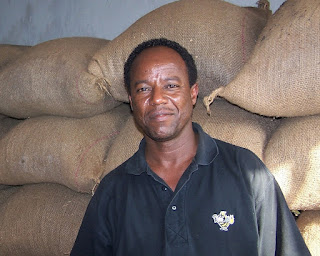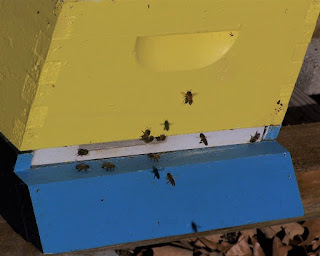A beekeeper friend who is an avid outdoorsman proclaims,
“I’d rather catch a swarm of bees than a five-pound bass!” Beekeepers manage
colonies of honey bees for various purposes: honey production, crop
pollination, to improve fruit orchards and vegetable garden production.
However, many beekeepers tend to hives simply for enjoyment. Friendships
develop between beekeepers who work hives together. Beekeeping tasks vary
throughout the year with some months considerably busier than others. Winter
months require little work inside the hives where the bees are alive and
active, but clustered together for warmth and not flying. At this time of year,
beekeepers can construct and repair hive equipment, plan for the next year’s
activities, and devote some leisure time to reading. I like to reread some of
my favorite beekeeper authors, such as Richard Taylor. He offers thoughtful
views of beekeeping in The Joys of
Beekeeping, 1984. Taylor writes of the relationship between bees,
beekeepers, and nature. He explains, “When I see a bee tree I know its
inhabitants are the evolutionary product of millions of years, and that what I
call ‘my own’ bees are but the smallest step from the bee tree. The forests
lure them back and always will.” Regarding the swarms that my friend loves to
catch, Taylor says, “Swarming is of course essential not only to the survival
of the species but also to nature itself, for without bees the many plants—both
wild and cultivated—that depend upon them for the viability of their seed would
also be threatened with extinction.”
While setting-up my backyard hives for winter, I noticed a
downy woodpecker that has learned to use a twig as a tool to gather food from a
suet feeder. Taylor writes, “We need the whole of nature, and we need to be
reminded that we are a part of it.” The Underhill family of Peace Bee Farm
wishes you good health, and cheer, healthy bees, and enjoyment of nature. May
peace be with you.
--Richard


















